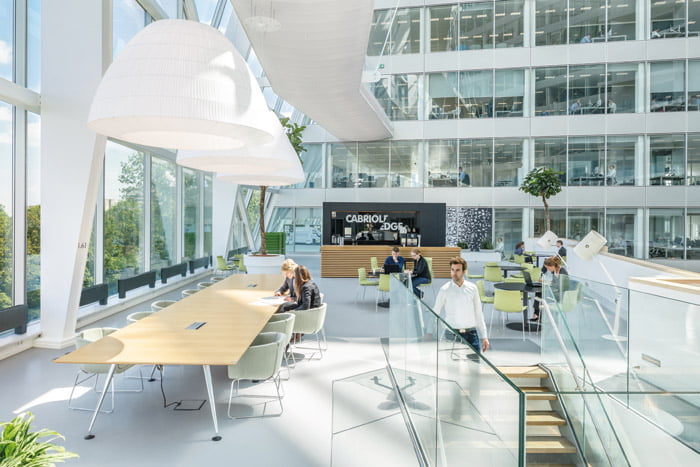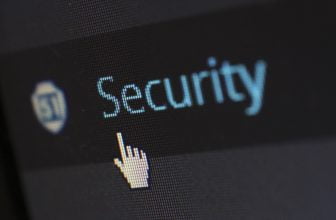Smart Buildings Save Energy

According to a study conducted by the American Council for an energy-efficient economy, it is possible for commercial buildings to save as much as $60 billion dollars if those who build and maintain them we're willing to increase their investment toward energy efficiency by as little as 1% to 4%. Some measurements estimated if the efficiency of a building where to be applied to as little as 35% of its available commercial floor area in a building that has 50,000 square feet or more could potentially save as much as 50 TWh by the year 2030. Based on that figure and the conservative savings of up 20% it would amount to more than 1% of the entire U.S. projected energy use by that year.

When these reductions are combined with 17 additional recommended measures to increase efficiencies such as voltage reduction and smart Manufacturing, it is possible that the USA could save almost 1/4 of its projected electricity use by the year 2030. The estimates rely a great deal on commercial buildings using smart appliances and equipment that are able to communicate with operators digitally and may even be able to communicate with local utility companies. It is believed that the biggest savings will come from connecting the devices so that they communicate between one another allowing the entire system to optimize the buildings energy use.
1. Advanced Energy Management Systems For Commercial Buildings
The ability of this smart equipment to make automated diagnostics and fault detection improve downtime and overall O&M cost which increase the savings of energy by optimizing the set points and timers. The researchers found that one of the big reasons for this increased savings is due to the entire system being optimized all the time instead of only sometimes. They also found that the systems were able to continuously improve overall performance. BEMS packages that use advanced technology can save as much as 13% to 66% on their energy use.
2. Smart Lighting
When a building's network of lighting is paired together with the buildings energy management system it is able to turn the lights on and off at the most optimized times and use varying light levels and can even estimate whether the best energy results will come from adjusting smart windows and allowing in the sunlight or to darken those windows and use the lights instead.
3. Smart HVAC
It is also recommended by a report produced by New Horizons for Energy Efficiency that tying HVAC together with the energy management system of the building can maximize savings. Putting these systems together will allow the advanced technology to make the most optimized use of air conditioning through the use of controlled ventilation and multi-speed fans which can increase savings up to as much as 30% or more depending on the type of building.
4. Additional Smart Building Components
Intelligent windows that know when to lighten or darken will optimize the use of the HVAC as well as reducing glare and the cost of lighting. Another study reported by ACEEE concluded that a building could reduce cooling cost by 20% to 25% and lighting cost could be reduced by 50% to 65%. It was also found that buildings could increase overall savings by using power strips with advanced technology that lower plug loads and by using smart ceiling fans that are capable of regulating the thermostat. Other savings can come from controls on the elevators, refrigerators, televisions, and dishwashers that all work to maximize load management. These types of controls can often save as much as 10%.
These are just some of the many changes in the construction industry – Anderselite details more here.






